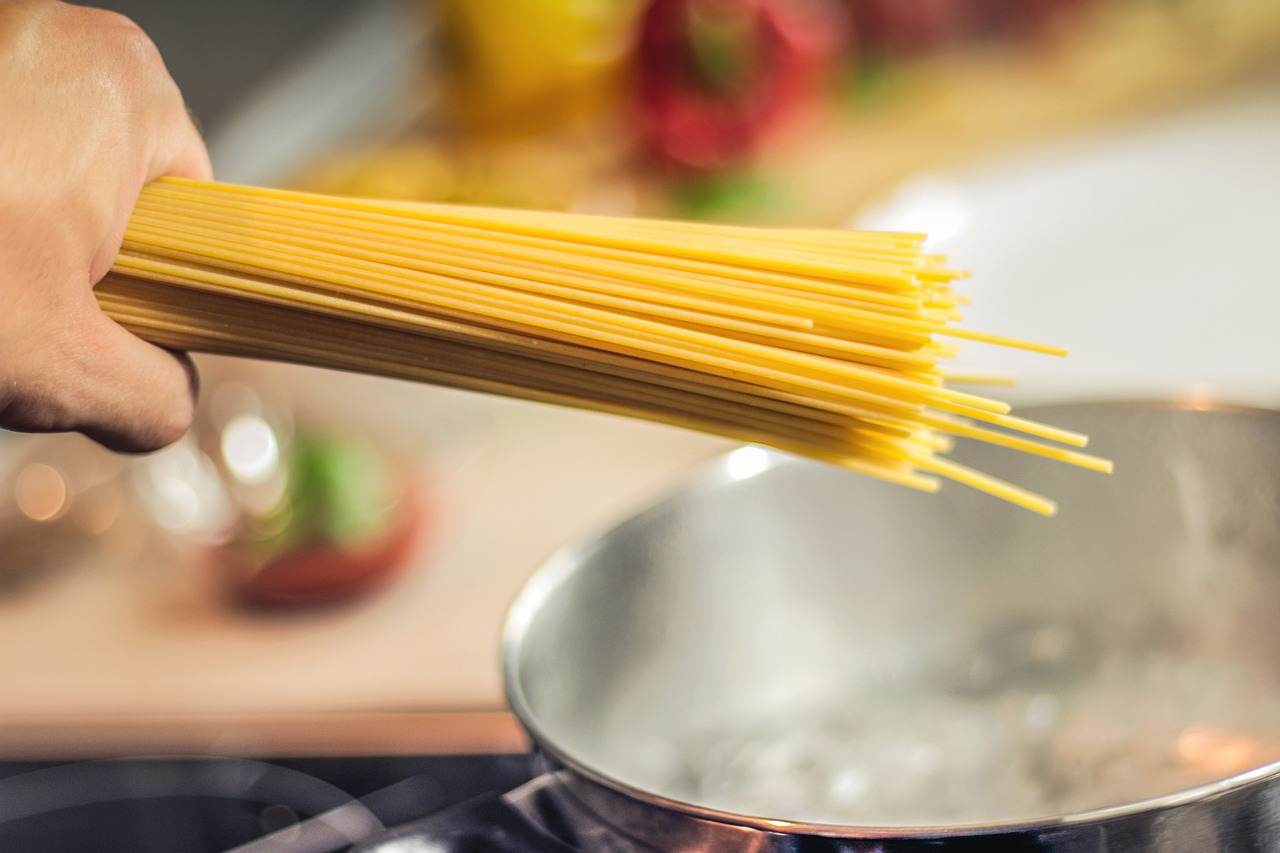
How to Cook Pasta
Cooking pasta might seem easy – just toss it into boiling water – but there are a few small tips that make the difference between decent pasta and a perfect one, like in Italy. Here’s everything you need to know:
What You’ll Need:
- A large pot
- Water
- Your pasta of choice – spaghetti, penne, fusilli, or any other kind
Step 1: Plenty of Water
It all starts with a generous amount of water. Pasta absorbs some of the cooking water, so make sure there’s enough. Fill a large pot with plenty of water – about half a liter for every 100 grams of pasta.
Step 2: Salt, Oil, or Nothing?
To be honest, I never add salt or oil to the water before adding the pasta. Some people say it’s a must – if you want to, go ahead and add a good amount of coarse salt to enhance the pasta’s flavor (I prefer adding salt with the sauce).
As for oil, the idea behind it is to prevent the pasta from sticking, but in my opinion, it doesn’t really make sense. I add oil only after cooking and cooling the pasta, and only if I’m not planning to use it right away.
Step 3: Precise Cooking
No matter how many times I’ve cooked pasta, I always check the package instructions. Cooking time varies by brand and type.
Always add the pasta only after the water is boiling, and stir it a bit at first to prevent sticking (and once or twice more during cooking).
Step 4: Save Some Cooking Water
About a minute before the cooking time is up, I scoop some of the pasta water into a cup or bowl – it’s great for the sauce. Then I taste the pasta to check if it’s ready or still al dente and decide whether to keep cooking.
Keep in mind: if you’re going to add the pasta to a hot sauce, it will continue to cook there – so feel free to take it out just a little earlier.
Step 5: Don’t Rinse It!
So your pasta’s ready – now what?
If you’re making a sauce, don’t rinse the pasta. Transfer it straight from the pot to the sauce (the sauce should always wait for the pasta, not the other way around).
If, for any reason, the pasta needs to wait – cool it down quickly, because it continues to cook while it’s still hot. After cooling, add a little oil and mix gently to prevent sticking.
How to Cool Pasta Quickly
If you need to stop the cooking immediately, you have to cool the pasta. Here’s how I do it:
Take the pot to the sink and run cold water into it. I even splash water over the handles and outer sides to cool the pot itself. When the pot is full, I pour some water out and repeat the process.
Once the pot and water are no longer hot, I pour the pasta into a colander. I rinse the pasta gently – not directly under the stream but using a spoon or my hand to spread the water evenly over it. I stir it occasionally to help cool the pasta more evenly.
Once the pasta is cold, I stop the water and let it drain.
Of course, if you have ice water on hand – feel free to use that instead. But my method works just as well for home-sized pasta portions.
After draining, I drizzle a little oil over the pasta and mix it until everything is coated to prevent sticking.